Buyer personas allow us to personalize our content and message across channels.
They dictate the message to help target customers across every stage of the buyer journey, from the top of the funnel to the bottom funnel.
Personas aren't actually complicated – they are fictional depictions of what a customer looks like. They communicate customer aspects such as wants, interests, pain points, and where they hang out online.
Buyer personas dictate the exact type of content you should create and where you should promote it. They drive all of your marketing efforts in the correct direction, targeted and tailored towards the right audience.
This post will show you how to build your brand's customer personas and the potential mistakes to avoid while in making.
Now let's get rolling…
- What Is A Buyer Persona?
- Steps To Create Buyer Personas
- Four Common Mistakes To Avoid When Creating A Buyer Persona
- Create More Buyers
You can directly jump to a section of your choice or keep scrolling.
What Is A Buyer Persona?
Buyer personas, also known as audience personas, customer persona, or marketing persona, is a fictional representation of your ideal customer based on market research and real data about your existing customers.
You can clearly understand the demands of your target customers by developing buyer personas. With this understanding, you can do a better job at serving or acquiring your potential target customers. Hence, it is lucrative for all businesses of all dimensions to have a clear understanding of their buyer personas.
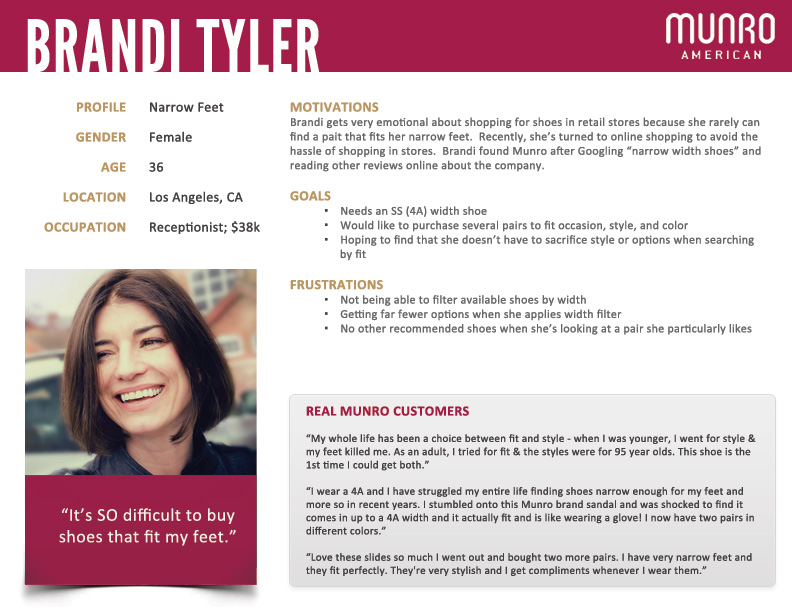
Image Source: Alexa Blog
You cannot be certain about the success of your marketing messages or the impact of the offers presented by your brand on the target customer until you understand the buyer persona, which is based on considerable research on real customers.
It is essential to know that you should consider more than one buyer persona if your product or service is suitable for different segments of target customers. In such a scenario, you have to create separate buyer personas for each type of customer in order to make an effective strategy.
Understanding obtained from the buyer persona helps you customize the blog posts, sales pages, or emails depending upon the segment of the buyer you intend to target. Your website's conversion rate can even increase by framing your messages accordingly. Hence, you can witness an improvement in SEO, an increase in sales and customer retention if you can create a buyer persona based upon the unique features of your business.
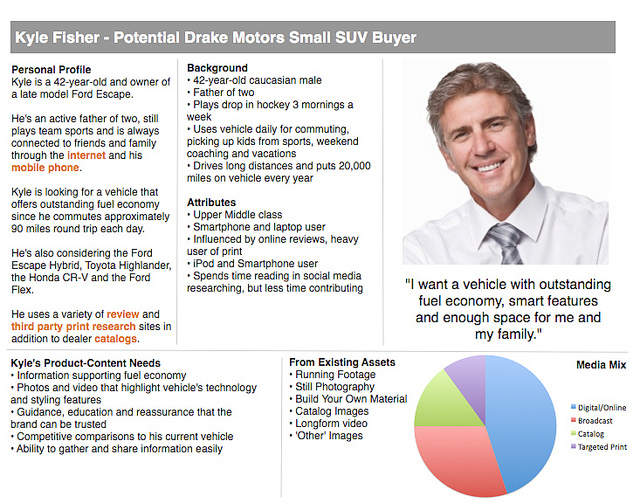
Image Source: Alexa Blog
Why Is A Buyer Persona Important In B2B Marketing?
- Buyer personas have doubled email open rates and increased the click-through rate by 500%.
- Personalized emails based on buyer personas have the potential to drive 18 times more revenue than traditional broadcast emails.
- When targeting cold leads, content based on buyer personas increases engagement almost six times.
- B2B lead generation based on buyer personas leads to a shorter sales cycle by almost 2-3 months.
- 72% of B2B buyers expect personalized engagement tailored to their needs.
- 68% of B2B businesses struggle with lead generation because they don’t include the buyer persona in the mix. When they do, they also make the switch to the more efficient B2B demand generation funnel approach.
Steps To Create Buyer Personas
Creating buyer personas takes a variety of forms. You can create as many buyer personas or as few as you deem necessary. An excellent number to start with is to create three to five personas.
You might already have some primary customer data in your hand, but for a full-fledged image of who they are and what they need, you will need to go deeper.
Here's how to start building your buyer personas:
Step 1: Gather Information
The first step to creating a buyer persona is to gather as much information as possible about your customers, including the current ones and those you wish to have on board. Also, collect information about future prospects and people found through referrals and third-party networks.
This might look a bit overwhelming at first. Hence, start by looking through your current customer database. Make a list of all your current customers by including any type of and all basic information you have about them and how they found you (or how you found them).

Once you have a framework in place, you need to reach out to those clients in different ways. This will help you understand their background in more detail, their feelings about being your customer, and why they decided to buy your product or service?
You can use the following methods to collect your current customer data:
Conduct Interviews: Contact your prospect or clients by phone. Let them know you are conducting research on all your current clients. This will help you to improve operations and better serve them. You can even arm your research process with an incentive of some kind, such as gift cards or a small discount on services for your clients. Find a mutually agreeable time for you and your clients to delve into what makes them who they are.
Conduct Surveys: Send out surveys through an email newsletter to all your current customers. Your response rate will likely be lower by conducting surveys, but this will help you to reach some prospects who wouldn't otherwise be bothered to jump on a call. Adding a discount coupon or some incentives in your email will likely increase your response rate.
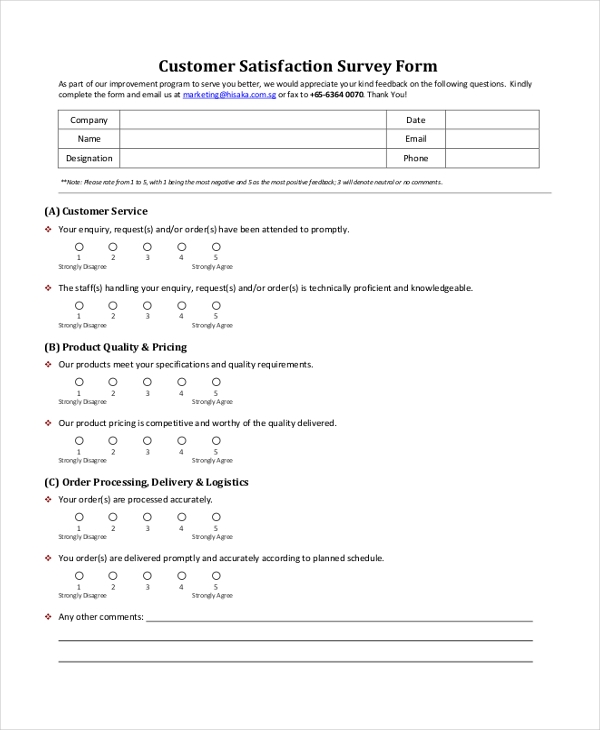
Image Source: SampleForms
See Social Insights: Social media platforms come equipped with tools and insights to let you know about your followers and customers. For instance, Facebook Audience Insights can provide businesses with aggregate information about demographics, geography, purchase behavior, and other factors about your followers. Even Instagram, Twitter, LinkedIn, and YouTube have provisions to get a holistic view and know in-depth about your followers on those platforms.
Know more about How To See Post Insights On Instagram
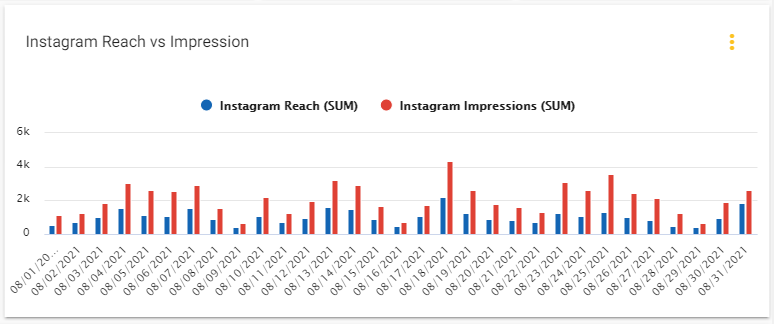
Place Forms On Your Website: Without disrupting the user experience, place forms on your website with basic questions that can gain you a firmer understanding of those who visit your website. This can also open the door to contact those who visit your website but aren't your customers. You can gather information particularly about why such customers decided to visit your website in the first place but didn't end up making a purchase.
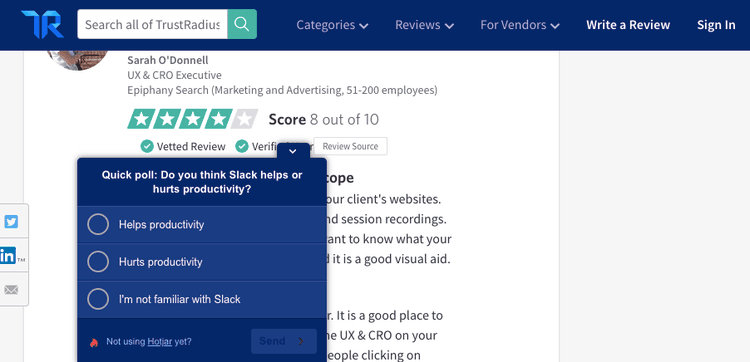
Image Source: Hotjar
Repeat the same steps for potential clients who found you through peers, existing clients, and connections through social media. In this manner, you can get the perspective of your prospective clients.
Step 2: Break Down Your Data By Category
Your buyer personas are based on several categories of information, which build upon each other to provide a complete look at who they are. Here are some of the categories and the questions associated with those categories that you can ask in your interview or surveys:
Buyer Demographics
- What is your customer's age?
- What is your customer's gender?
- What is their education level?
- Where do they live?
- What is their average personal or household income?
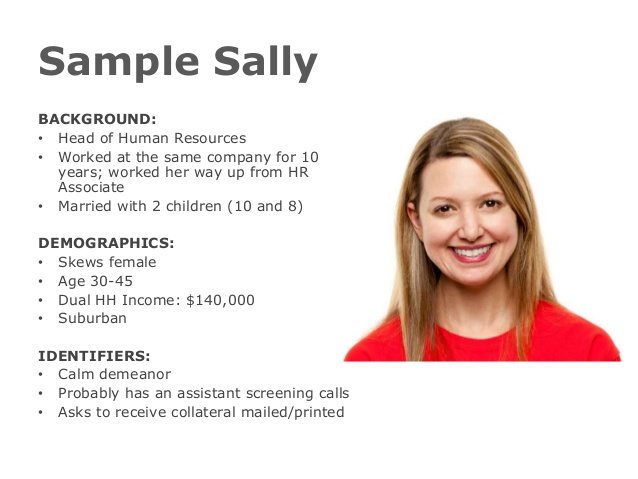
Image Source: Slideshare
Buyer Professional Information
- Where does your customer work?
- What is their job title or primary role?
- What does their career path look like?
- What industry do your buyers work in?
- How big is the company/business they work for? (if they are not self-employed)
- What are their responsibilities at the company?
- How would they describe their typical day?
- What skills do they have?
- What tools do they use to get their job done?
Buyer Motivations: Goals and Challenges
- What personal and career goals does the buyer have?
- How do your buyers prioritize them?
- What challenges impact your buyer's ability to achieve these goals?
- What problems do they encounter to achieve each goal?
- How could your products or services help them with those challenges?
- What would prompt your buyer to seek a solution?
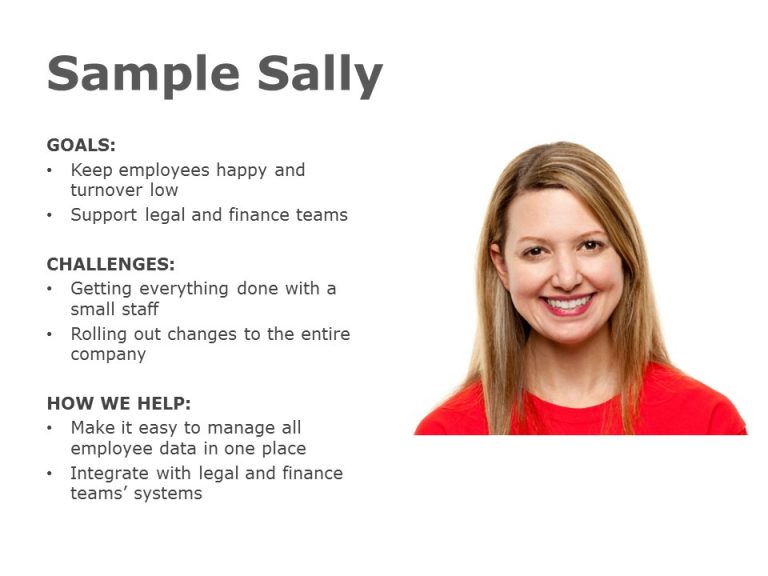
Image Source: Slideshare
Buyer Motivations: Values and Fears
- What do your buyers value in their personal or professional life?
- What's important to your buyer when considering a product like yours?
- What objections your customers might have to make the purchase?
- What drives their decision-making process?
- Which competitors (if any) might they consider?
- What would drive your customers to stop using your product or service?
- What would happen if your customers picked the wrong solution?
- What would they do if your business disappeared tomorrow?
- What would happen if they did not pick any solution?
Buyer Habits
- How does your buyer acquire information?
- How do they communicate?
- What media do they consume?
- Do they belong to any associations?
- Which social media platforms do they use?
- Do they attend events or conferences? If yes, which ones and how frequently?
- Where do they spend their most time in a day?
- Do they have any relevant hobbies?
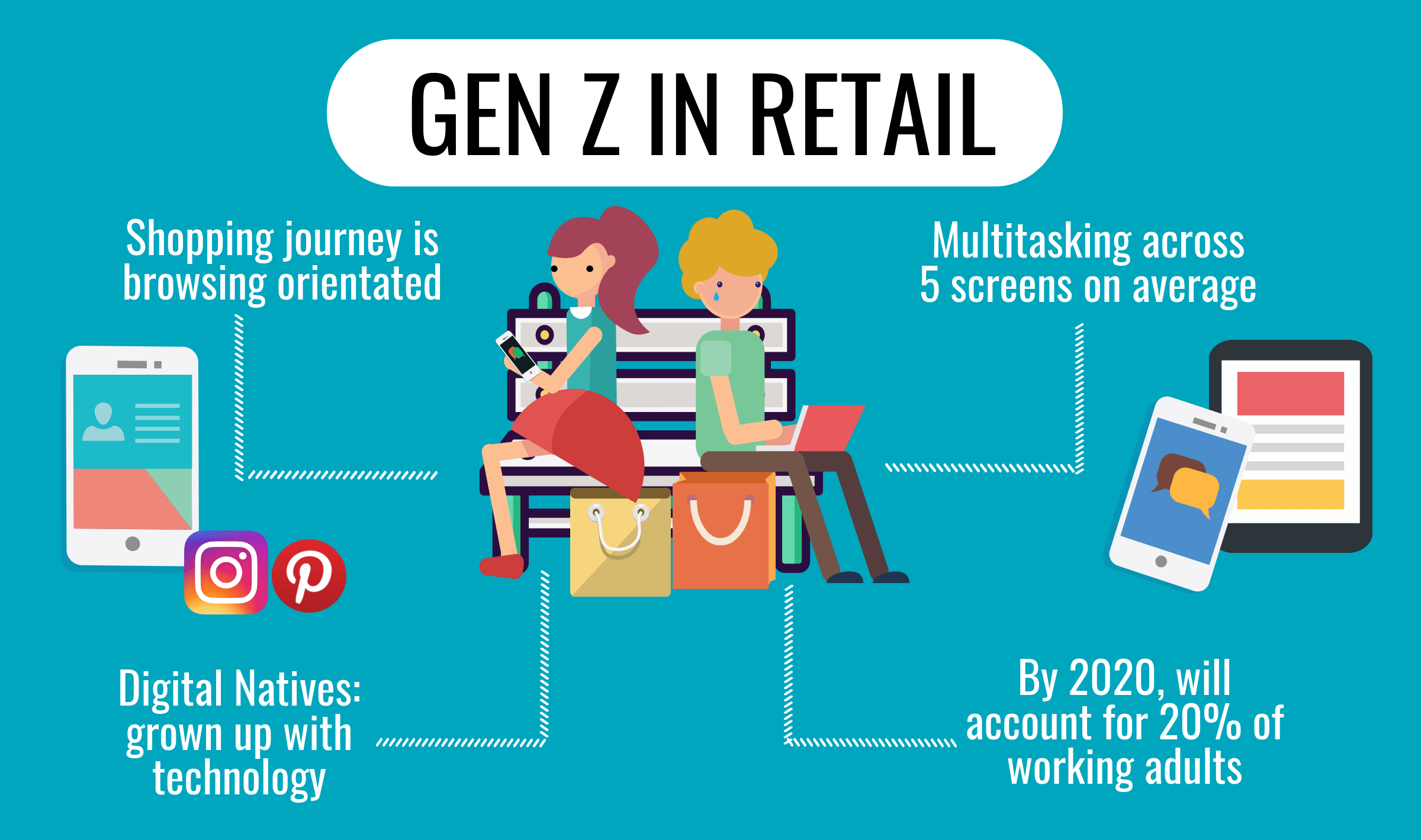
Image Source: Retail Assist
With this information in hand, you can start identifying patterns in your client responses. Afterward, you can group different clients by similar demographic, firmographic, psychographics, or even more.
Even though it's up to you to decide how many buyer personas you need to create, remember that narrower personas will make it easier to deliver targeted content; but too narrow personas mean extra work without a higher ROI after a certain point.
Step 3: Personalize Each Persona
Group your different personas into a few distinct personalities according to your needs. These fictionalized versions of your customers will be based on real customer data. When you give them human characteristics, it will help you to put yourself in their shoes.
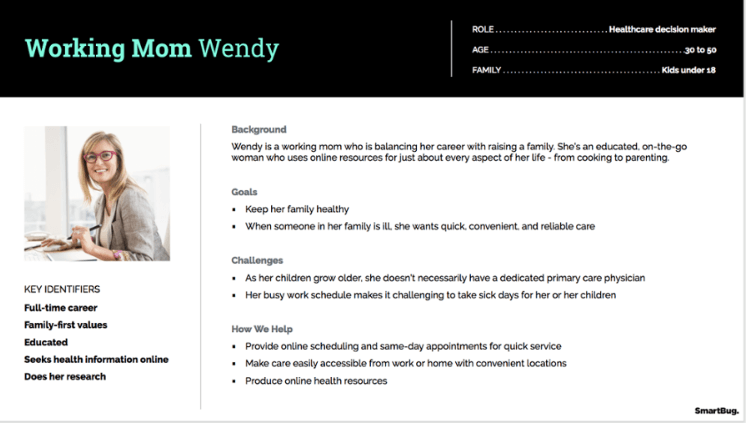
Image Source: SmartBug
For instance, Perry (one of your customers) might be working for a long-time as a marketing executive who isn't tech-savvy. However, she is not quite social, but she knows when she needs expert help. On the other hand, Dana (one of your other customers) could be a young woman who is always up on the latest social media platforms and trends. However, she is frantic and frustrated since she realizes that she can't convert her knowledge into sales.
So, not everyone will fit neatly into all of the checkboxes of one personality, but they will be close enough that your messaging to each category will resonate.
The most important aspect of your buyer personas is that you always have them. You can tweak them anytime and improve the formatting as your business grows (or changes).
Step 4: Craft Messaging
Your messaging to each persona may take different forms. Let's examine a two-pronged approach: Marketing and Sales.
Marketing Messaging
Your marketing message can be customized to appeal to different buyer personas. Most businesses are not necessarily going to create entirely different websites that appeal to specific customers.
That being said, there are a few ways in which you can customize your content to appeal to individual personas, so they will be more likely to convert once they enter your sales funnel:
Content Marketing: Write blog posts and publish them on your website that appeals to the issues, trends, goals, and obstacles of each persona.
Email Newsletter Marketing: You can A/B test your email newsletters. Change the copy, provide links to specific blog posts, and include media to better appeal to each persona. The newsletter that encourages one persona to click through likely won't look the same as the one that induces engagement from another persona.
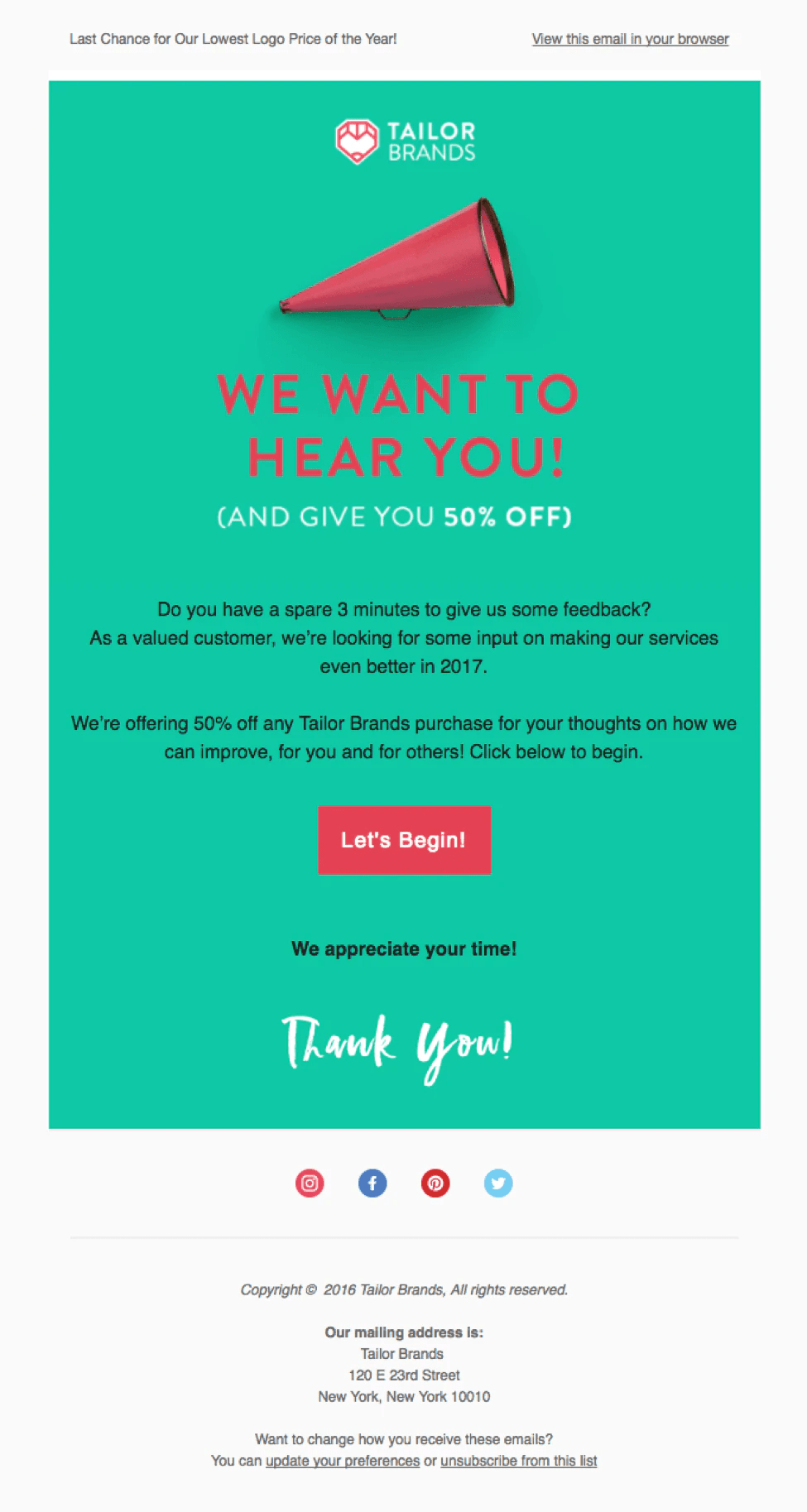
Image Source: Oberlo
Social Media Marketing: Your social media channels appeal to different demographics. Facebook has a different audience than Snapchat. Frame your content to match the platform and your desired persona for higher engagement.
However, you need not write content from scratch for every social platform. You just need to mold the content as per the platform and audience on that platform. Our guide on Cross-posting will help you give you more detailed insights into the aspect.
Sales Messaging
Sales and marketing are intertwined. You might also have a sales team that interacts directly with customers and potential customers. Your buyer personas can also help your sales team deal more effectively with new customers who fit into your existing personas. This will eventually increase your conversion rate. Here's where you can apply your buyer persona within your sales team:
Sales Pitches: A pitch to a new customer who fits the mold of one persona will differ from the pitch to another persona. Ensure the language in your scripts reflects the issues and obstacles these people face, which is obtained from your buyer persona.
Landing Pages: If you can't create an entire website that's targeted towards every persona, you can create custom landing pages that appeal directly to each persona on your website. This will ensure that each persona will only see the messaging that resonates with them, making them more likely to convert.
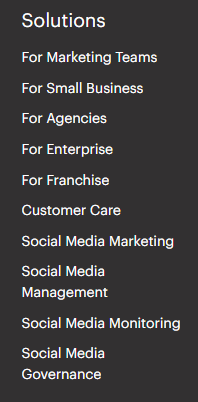
When crafting your marketing messaging, keep in mind some of the following questions:
- How would you describe your product or service to each persona?
- What would your elevator pitch be for each persona?
- Which offers or deals specific to each persona would you be willing to offer?
- Which channels will you use to find and engage with each persona?
These questions will guide you in presenting your brand in such a way to your customer that it seems a compelling fit.
Four Common Mistakes To Avoid When Creating A Buyer Persona
1. Fixating On Demographic Information
Defining where your customers live is an excellent factor in identifying and nurturing leads from already existing customers. But, it is easy to speculate rather than identify if you include too many details in your buyer persona, which has nothing to do with your customers' demographics.
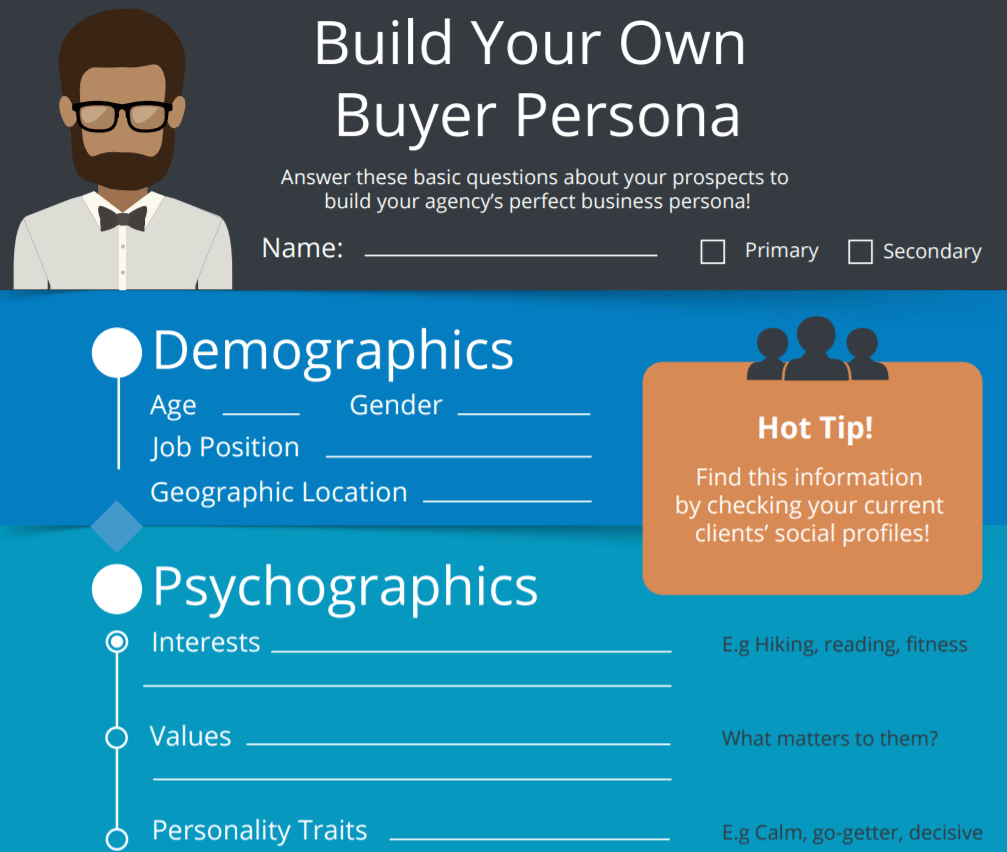
Image Source: Vendasta
Instead of focussing on the more obvious details of your buyer profile, try to also focus on the smaller details. If the demographic details of your customers do not concern your business much, it's best not to go into more detail apart from the country of your customers. Ask yourself more detailed and specific questions about existing customers such as 'What are their biggest professional hurdles?' and 'What drove them to your website?'.
2. Relying Too Much On Anecdotes
When a brand has too many anecdotes/testimonials that they can use in their marketing, it is a good thing. But many companies rely too much on those anecdotes while preparing their buyer persona, which will distort the accuracy of the persona and even the buyer experience.
While anecdotes/testimonials create an all-too-convincing picture, it often gets too easy to fill the gaps with 'colorful assumptions.' These might look sensible at first sight, but more often than not, these assumptions are far from accurate. Hence, always try to back every anecdote up with real-life data to stop making assumptions.
Also, it's equally important to gather customer information as much as it is to include testimonials in your persona.
3. Stock Photos Can Help You, But Only If They Are The Correct Ones
Including a stock photo in your buyer persona will help create a more detailed image of the buyer, but it will never be a perfect image of the preferred buyer persona. It's not a good idea to let a stock photo of your buyer be the leading factor in your marketing; instead, it will only lead you further away from your perfect buyer.
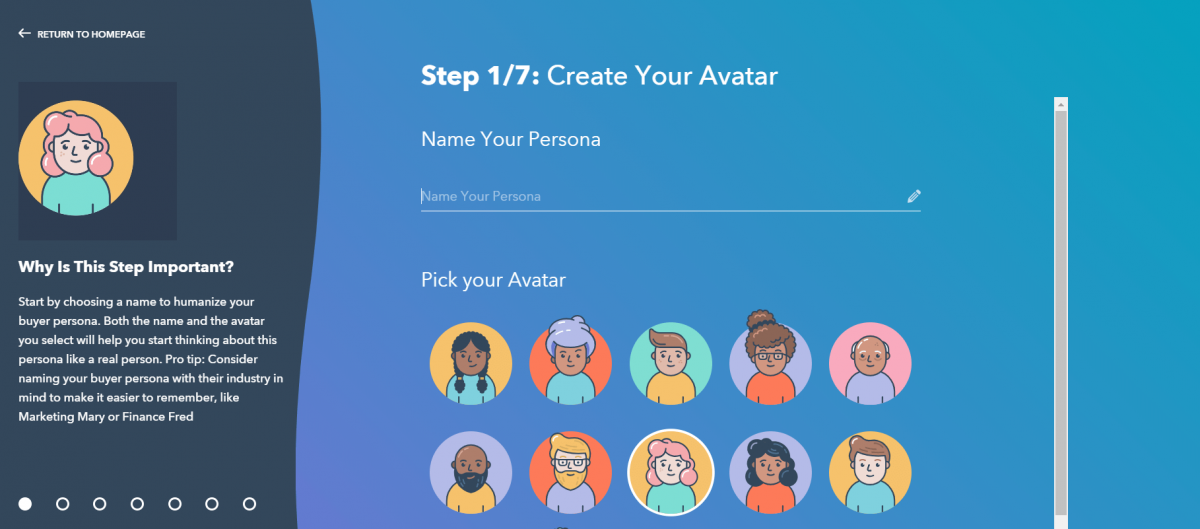
Image Source: HubSpot
So before you include a stock photo of your buyer in your persona, it's a good idea to make your buyer persona as detailed as possible. Also, ensure that everybody in your marketing and sales team has access to the written part of the buyer persona.
4. Creating Too Many Personas
Creating a dozen buyer personas for marketing and sales purposes is quite easy, but this might not be the wisest thing to do. You will be trying to 'hone in' on each and every pain, struggle, and need of your buyer. But there is a big problem in doing so; the more detailed your buyer persona is, the more personas you end up making.
Capture the primary motivations and needs of your customers from each buyer persona. Don't try to go into the little details of each possible decision.
Try to strike a balance between focusing on each important decision of your buyer and catering to their needs without losing quality in doing so.
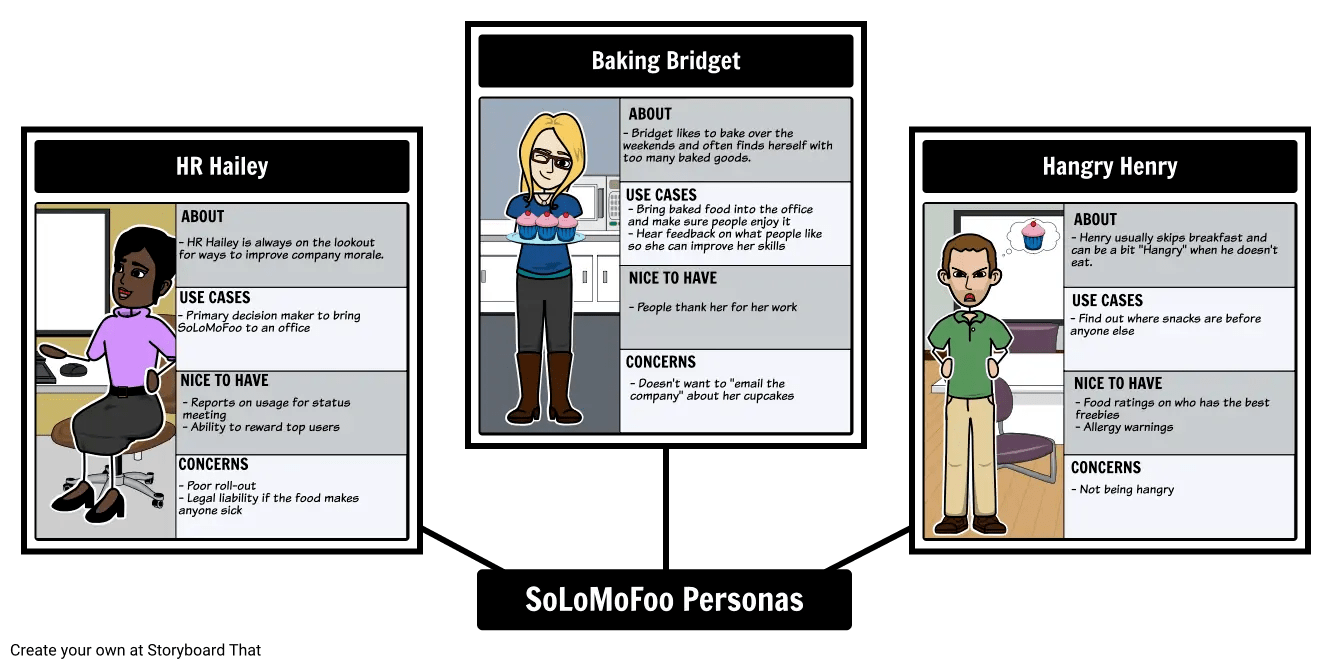
Image Source: StoryboardThat
How Many Buyer Personas Should You Create?
It's not unusual for brands to create several buyer personas, each representing a different target customer involved in the buying process.
For instance, if you sell a product to salespeople, there could be several roles influencing the final purchase decision. The field sales representative might be your end-user, but sales enablement, operations, and even leadership may influence their purchase decision. When this is the case, you will have to create a buyer persona representing each one of these roles because the way you market, sell and serve each category will differ based on each customer's unique needs and buying criteria.
But, don't get overwhelmed by this concept. You don't have to prepare all of them at once. Start by building one buyer persona, see how it impacts, and then expand from there.
Create More Buyers
Buyer personas are an incredible tool that helps you do a better and more efficient job of acquiring and serving your customers. You can use the buyer persona questions given above to guide your research.
Each customer has a distinct backstory and reason for approaching your brand in the first place. Many people who become your clients will indeed have similar reasons for doing so. And that's what makes buyer personas so helpful: they can accurately represent wide swaths of your customer base.
Then create your buyer personas and apply them gratuitously. Let your buyer personas lead the way to save time as you create targeted marketing campaigns, rework your messaging, engage with the people who matter most to your business, make better decisions about lead generation strategies and overall sales and marketing techniques.
By better understanding your current customers, you will already have a head start on your future ones.
Looking for a social analytics tool to track the performance of your marketing campaign? Try Statusbrew. With several ready-to-use reporting templates and total flexibility to customize these reports, Statusbrew will help you determine whether your social initiatives have led to positive results and where adjustments are needed to strengthen your marketing campaigns - in no time.
Statusbrew is an all in one social media management tool that supports Facebook, Instagram, Twitter, Linkedin, YouTube, and even Google My Business.


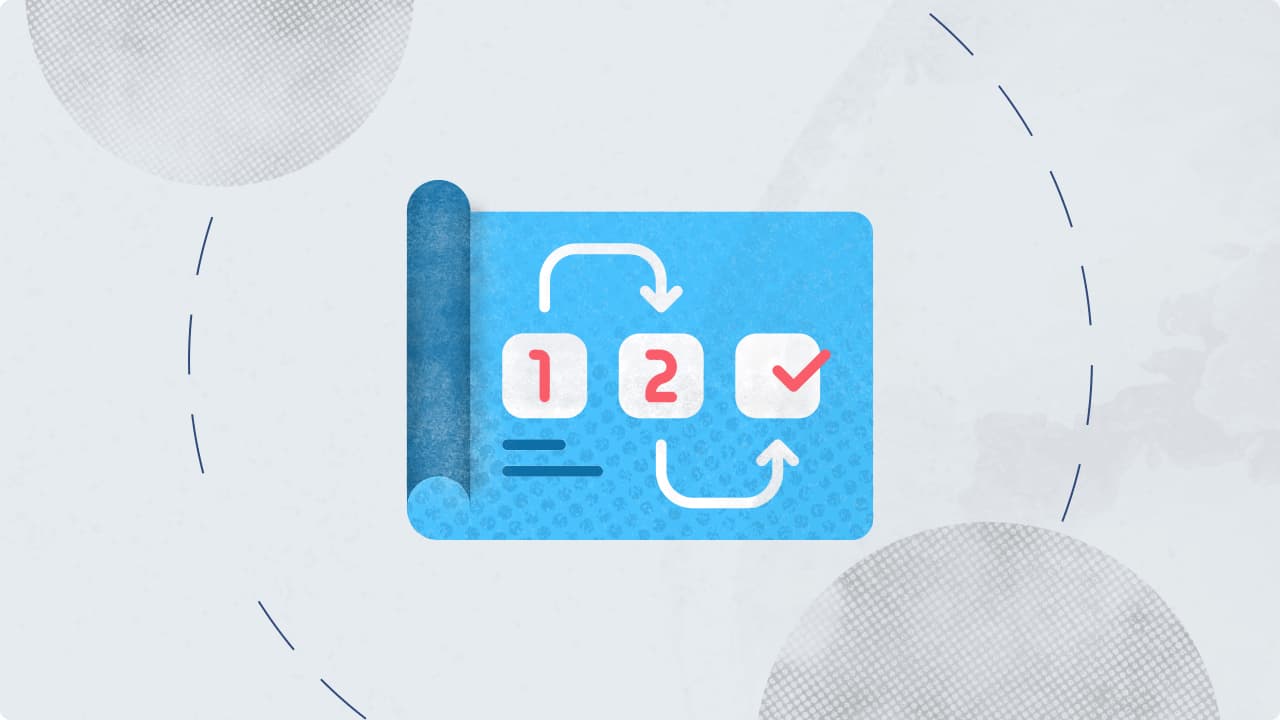
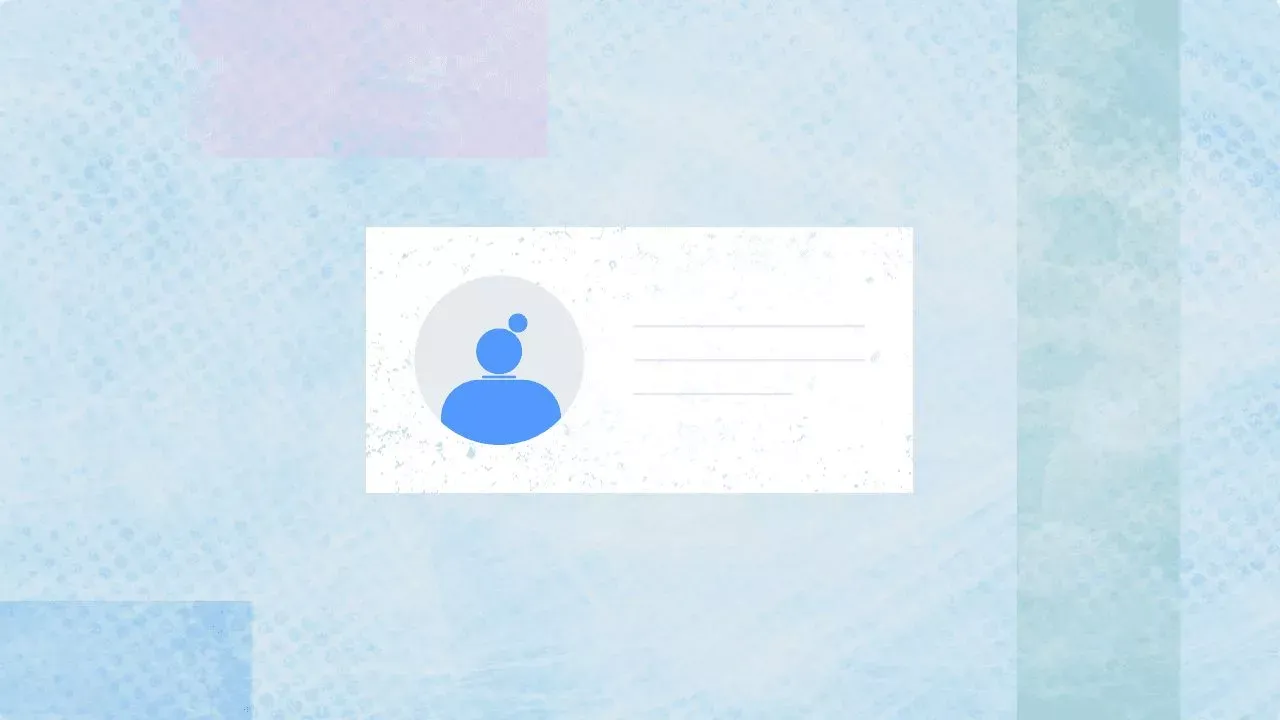
Explore the Statusbrew range of social media tools
Cancel anytime!